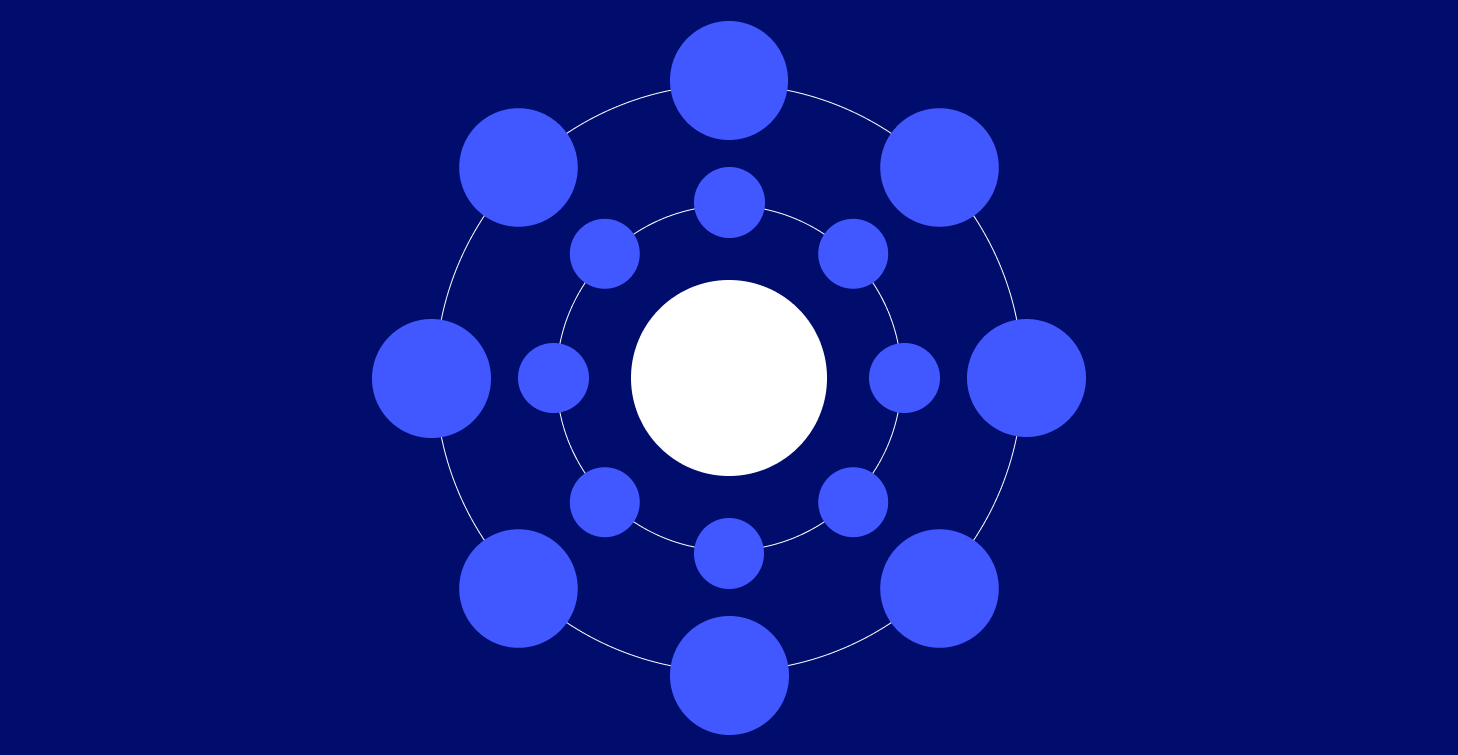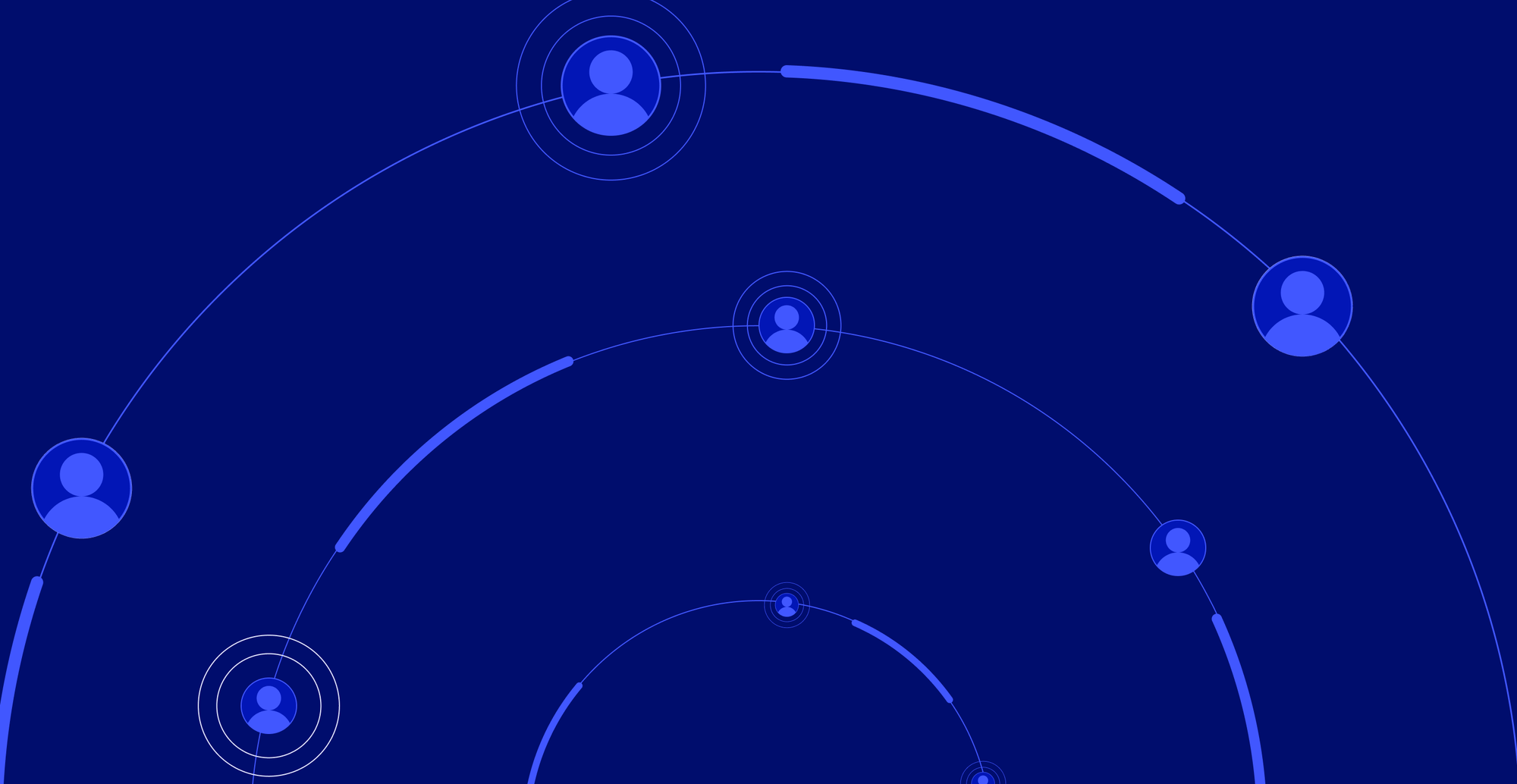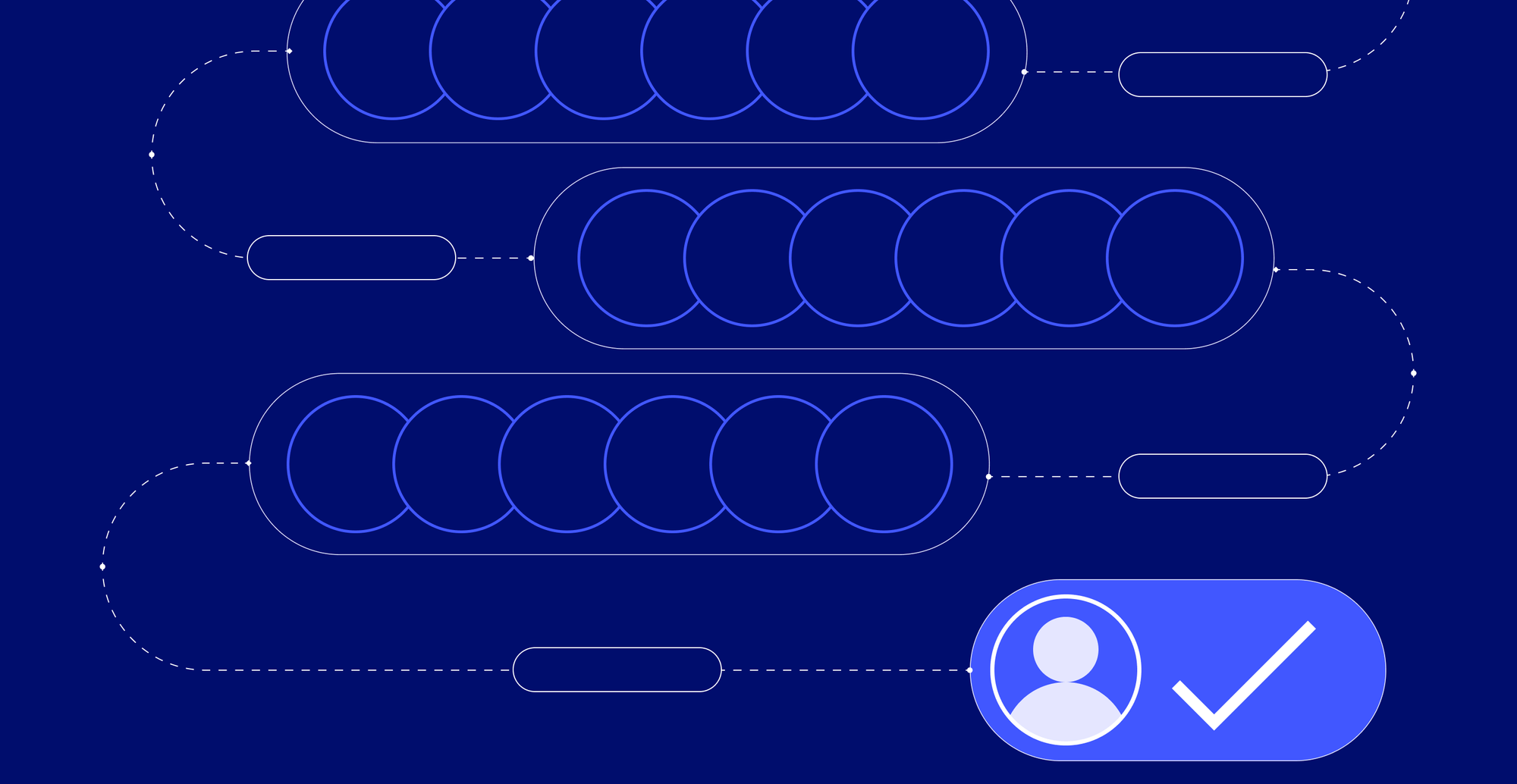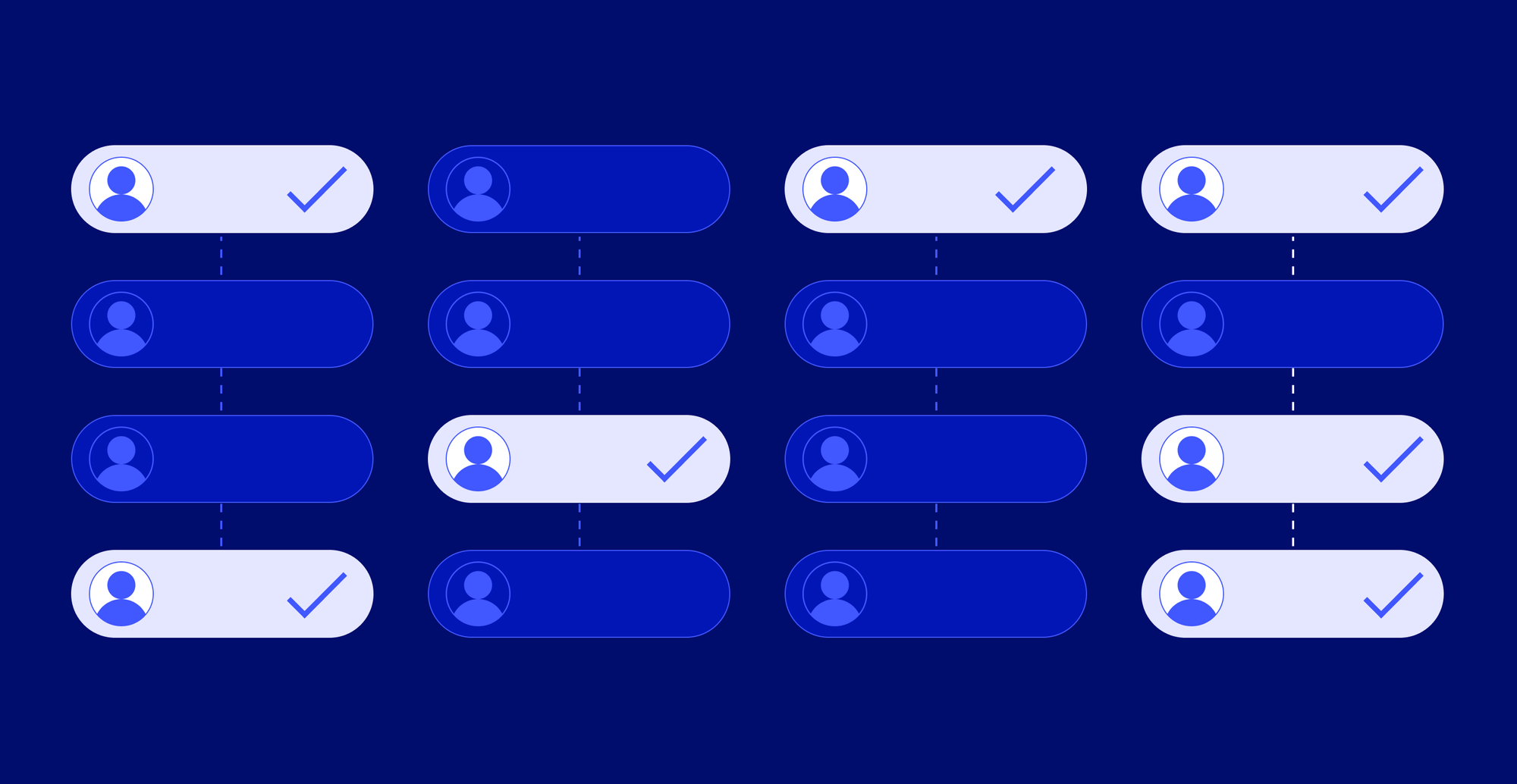How to use AI for lead generation in 2025
Discover how AI is revolutionizing lead generation in 2025. Learn strategies, tools, and best practices to attract and convert high-quality leads efficiently.
.jpeg)


How to Use AI for Lead Generation in 2025
Ask any sales leader what slows down the pipeline today, and you’ll hear the same answers:
- Buying committees comprised of 10+ stakeholders
- Prospects who stop responding after months of nurturing
- SDRs wasting hours chasing leads that were never in-market
- Deals being lost because competitors spotted intent signals first
These sales process problems demand an approach that’s faster, smarter, and built on real data.
AI uses real-time data and predictive insights to help revenue teams identify which accounts are in-market, qualify them automatically, and prioritize the right conversations. It changes how sales teams run outbound, engage buying committees, and time their outreach.
In this article, we explore how AI redefines core sales methods: from prospecting and lead qualification to multithreading and deal prioritization. You’ll also see where sales and marketing teams can apply AI most effectively to engage buyers at the right moment consistently.
What is AI lead generation?
AI lead generation applies artificial intelligence to the sales pipeline, turning raw data into prioritized opportunities. It uses machine learning and predictive models to scan signals like job changes, new hires, hiring intent, or buyer engagement, and then ranks which prospects are most likely to convert.
The value lies in speed and accuracy. Traditional prospecting forces sales development representatives (SDRs) to guess who might be ready; AI automatically highlights the 5% of accounts in-market at any given time. It qualifies and scores them, ensuring sales teams spend their energy on buyers with real intent.
Traditional lead generation vs AI-powered lead generation
Traditional lead generation relies on volume: more cold calls, more emails, bigger lists. The problem is that most of this effort targets prospects who were never ready to buy in the first place. Reps spend hours chasing low-quality leads, while genuine opportunities slip by. AI-driven lead generation shifts the focus from activity to accuracy.
Here’s a breakdown of the two approaches:
The benefits of using AI lead generation
AI reshapes how sales and marketing teams generate pipeline by making every step of the process faster, more accurate, and easier to scale.
- Automates repetitive tasks: Instead of wasting time manually qualifying leads, your sales team can focus on the parts of the sales process that matter: conversations and closing deals
- Improves lead quality and accuracy: AI analyzes intent signals, historical data, and past interactions. That means your sales reps spend less time chasing unqualified contacts and more time with high-intent leads and high-value prospects. This results in consistently higher lead quality across your funnel.
- Enables personalization at scale: With generative AI and natural language processing, sales and marketing teams can tailor messages across multiple channels like email, ads, and chat
- Speeds up engagement: AI-powered chatbots and virtual AI agents engage potential customers in real time, 24/7. They capture promising leads the moment interest appears, drastically reducing lead response times and surfacing more qualified leads before competitors.
- Scales without additional headcount: Growth doesn’t have to mean hiring more SDRs. AI expands your capacity to generate leads, run lead enrichment, and manage outreach across thousands of accounts—all while keeping costs per lead lower.
Top 8 AI tools for lead generation
The best AI lead generation tools combine automation, personalization, and data-driven insights to help sales teams and marketing teams focus on high-intent leads.
1. LoneScale’s AI research agents
AI agents track job changes, buying intent signals, and new executive hires to identify and enrich high-potential prospects in real time.
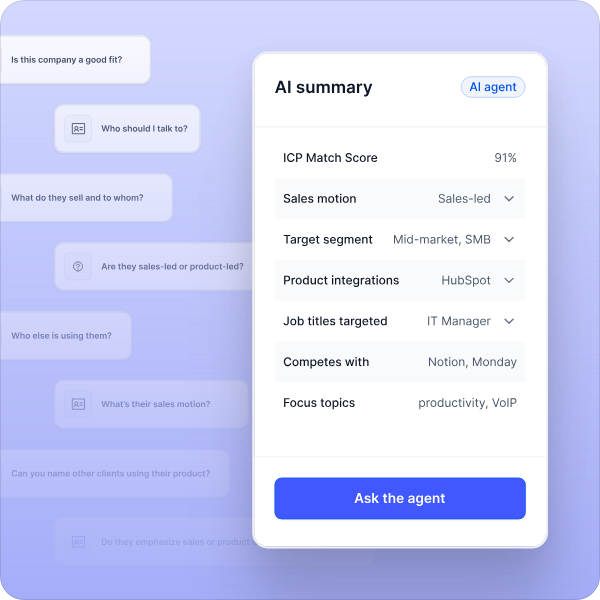
LoneScale’s AI research agents are purpose-built for GTM teams that want research and qualification handled automatically inside their CRM. These no-code AI agents run live in Salesforce and HubSpot.
You set a trigger—like a new account added to a list, a job change, or an inbound signal—and LoneScale scans 30+ trusted web sources, pulling in lead data such as firmographics, hiring intent, and technographics. Every record is refreshed daily, letting sales reps discover high-intent leads 15–90 days before competitors, with the summaries and context they need to act immediately.
2. Instantly.ai
Support with automated email outreach campaigns.
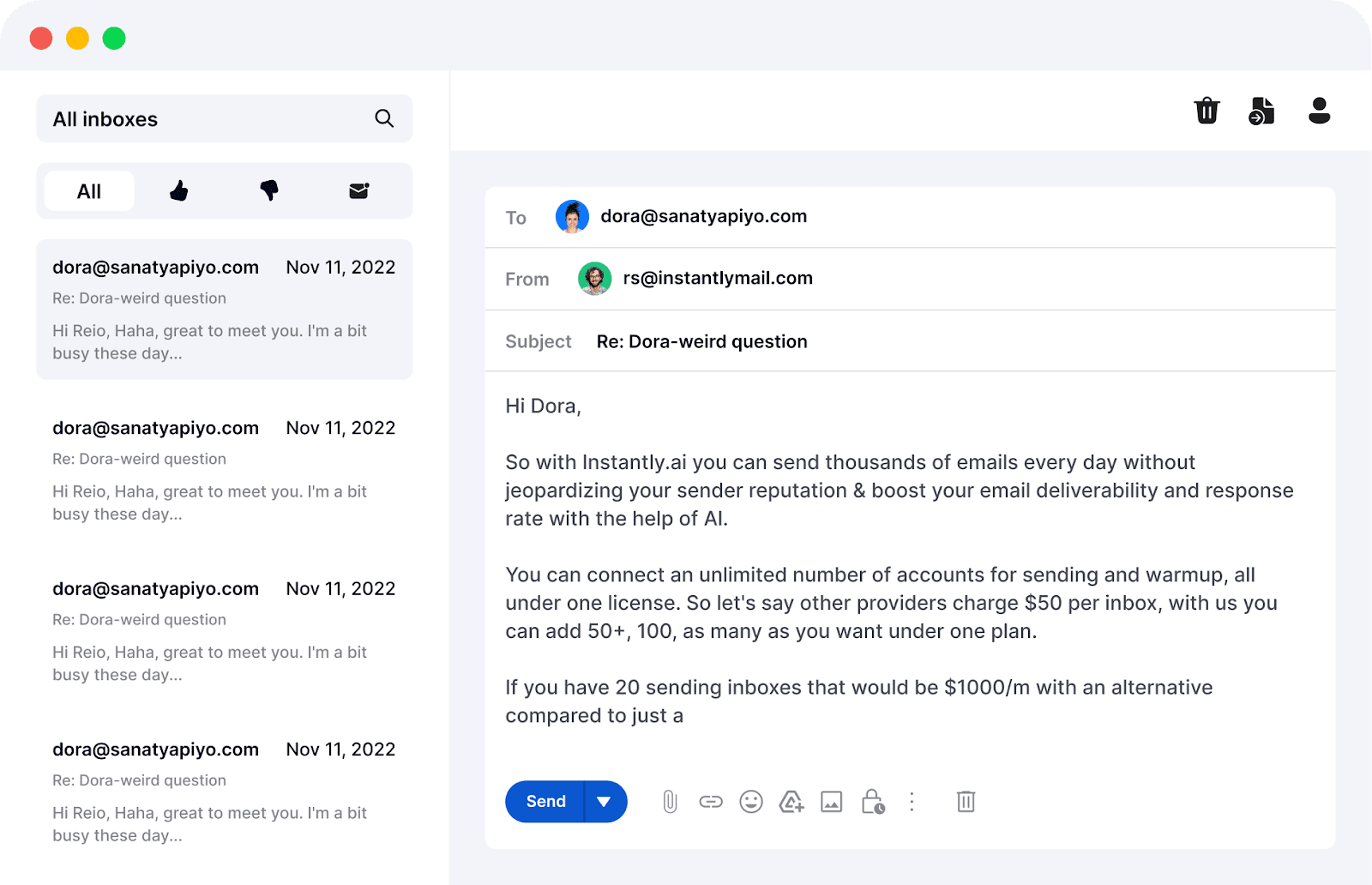
Instantly’s SuperSearch engine lets you input natural language prompts (e.g., “Founders of SaaS companies in New York”) and instantly returns high-intent leads from a database of 450M+ verified contacts. Outreach is fully automated with dynamic personalization, adaptive follow-ups, and an AI inbox manager that replies to engaged prospects in real time.
3. Customers.ai
Identifies anonymous website visitors, captures their contact details, and automates outreach through AI-driven remarketing.
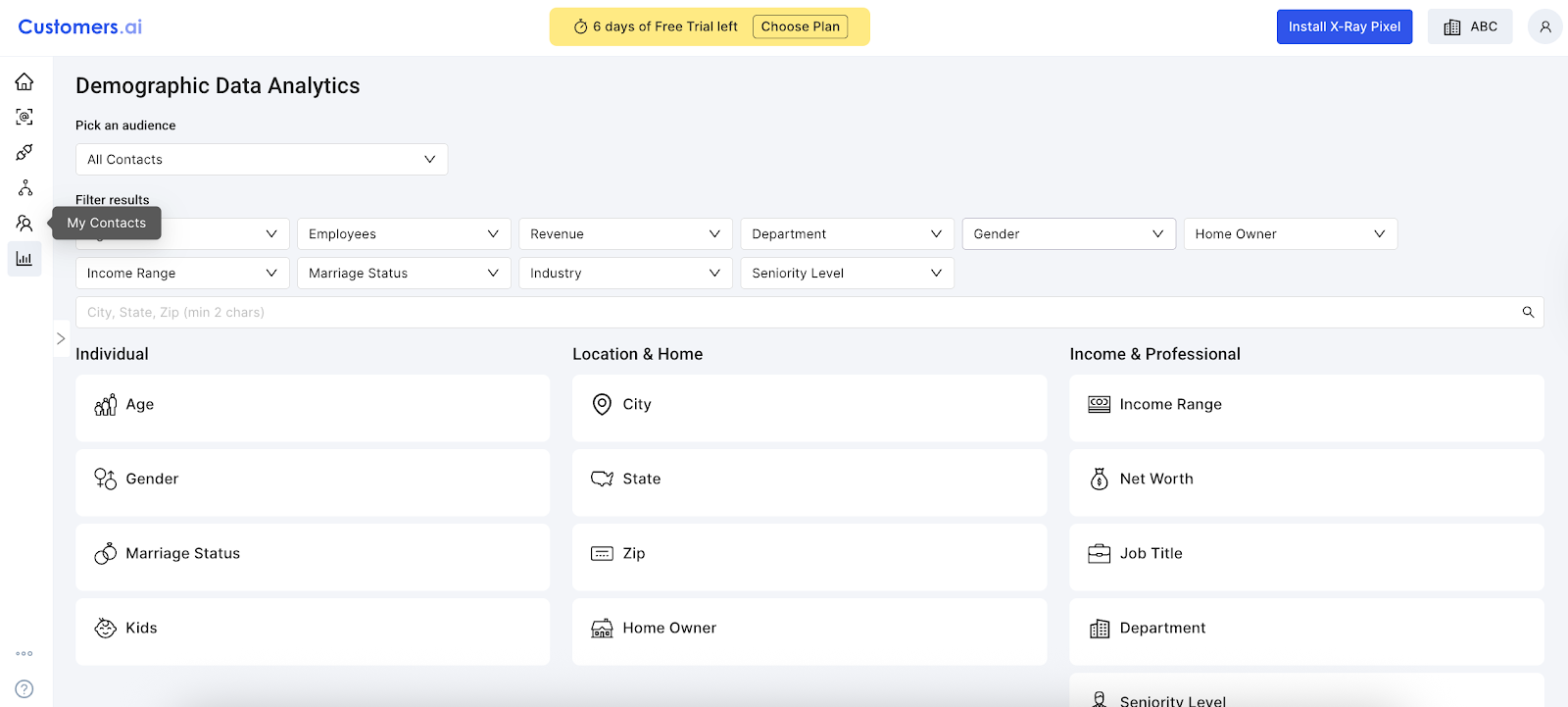
Customers.ai’s proprietary Website Visitor ID X-Ray is a tracking tool that identifies individual visitors, revealing names, job titles, emails, LinkedIn profiles, and company details. The platform then enriches this lead data with behavioral context like pages viewed and time on site, and feeds it into automated email and SMS workflows.
4. Clay
Uses an AI agent (Claygent) to browse websites, extract company insights, and auto-build enriched lead lists
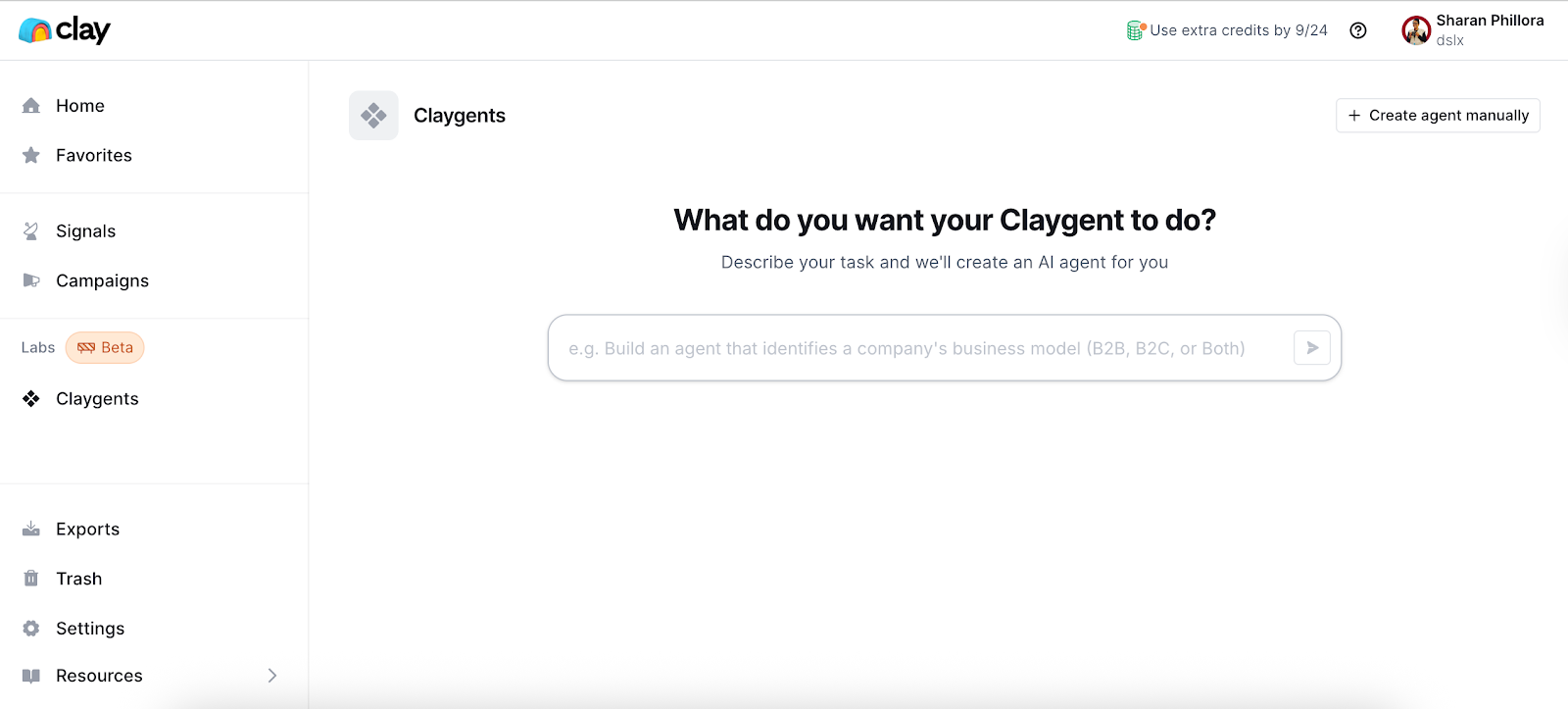
Clay integrates with platforms like LinkedIn, Clearbit, and Apollo.io to enrich lead profiles with firmographics, tech stacks, funding data, and hiring signals. Its signature feature, Claygent, is a GPT-4 agent that can browse websites, extract details, and summarize findings, replacing hours of manual research. Leads are then scored, segmented, and funneled into personalized outreach campaigns, with AI-generated emails tailored to each prospect’s context.
5. Albert.ai
Manages and optimizes digital marketing campaigns across all major channels, uses AI to analyze audience data and allocate budget for advertising ROI.
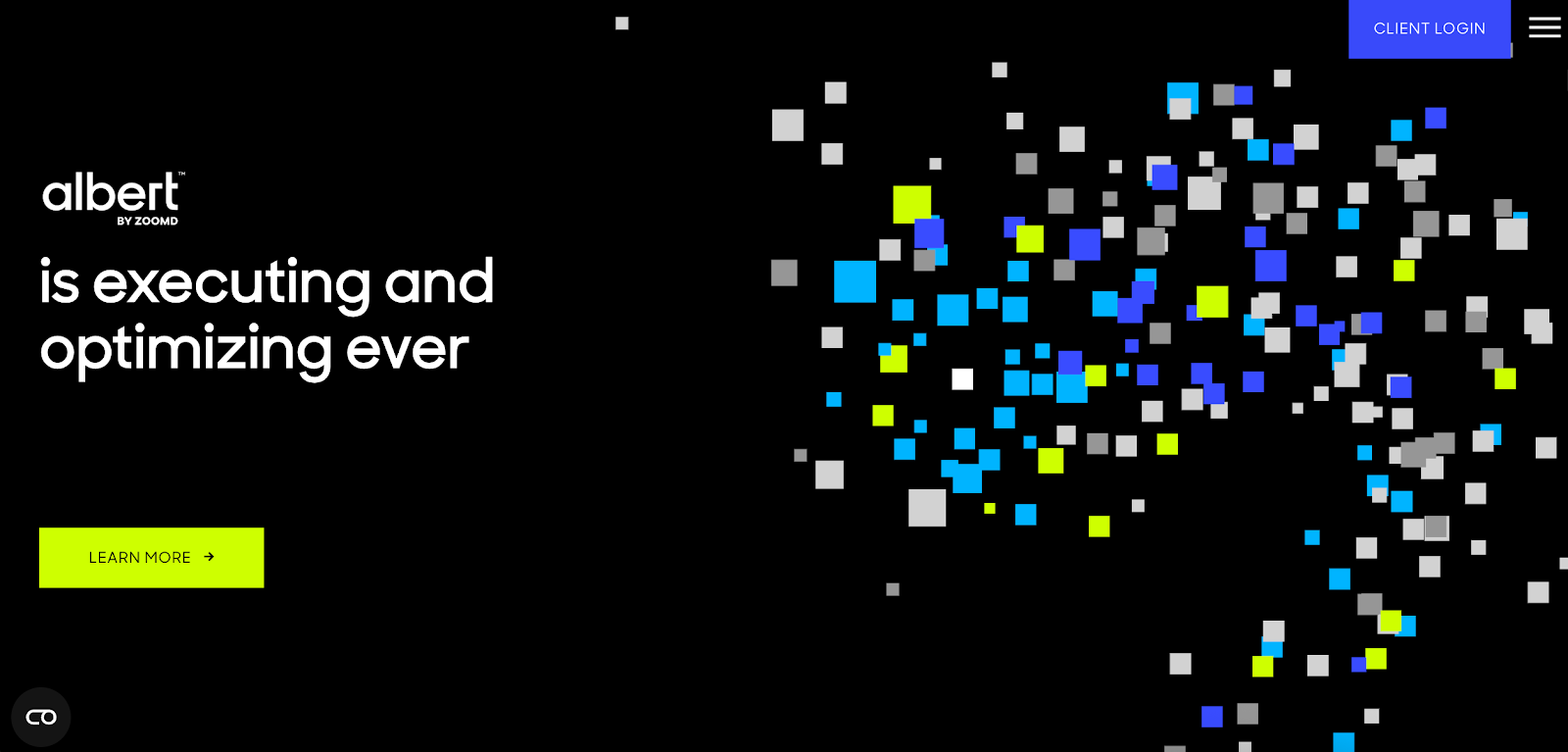
Albert.ai is an AI tool built to automate and optimize digital advertising for lead generation processes. The platform connects directly to ad accounts on Google, Meta, TikTok, and Bing, then uses machine learning to manage targeting, bidding, and creative optimization.
It also adapts ad creatives automatically based on audience engagement, ensuring campaigns remain relevant and effective for capturing quality leads. Albert continuously analyzes performance data to improve data quality, reallocates spend, and discovers micro-audiences that are most likely to convert into high-intent leads.
6. useArtemis
Extracts and enriches contact data from LinkedIn, then runs personalized, multichannel outreach campaigns using AI-driven messaging.
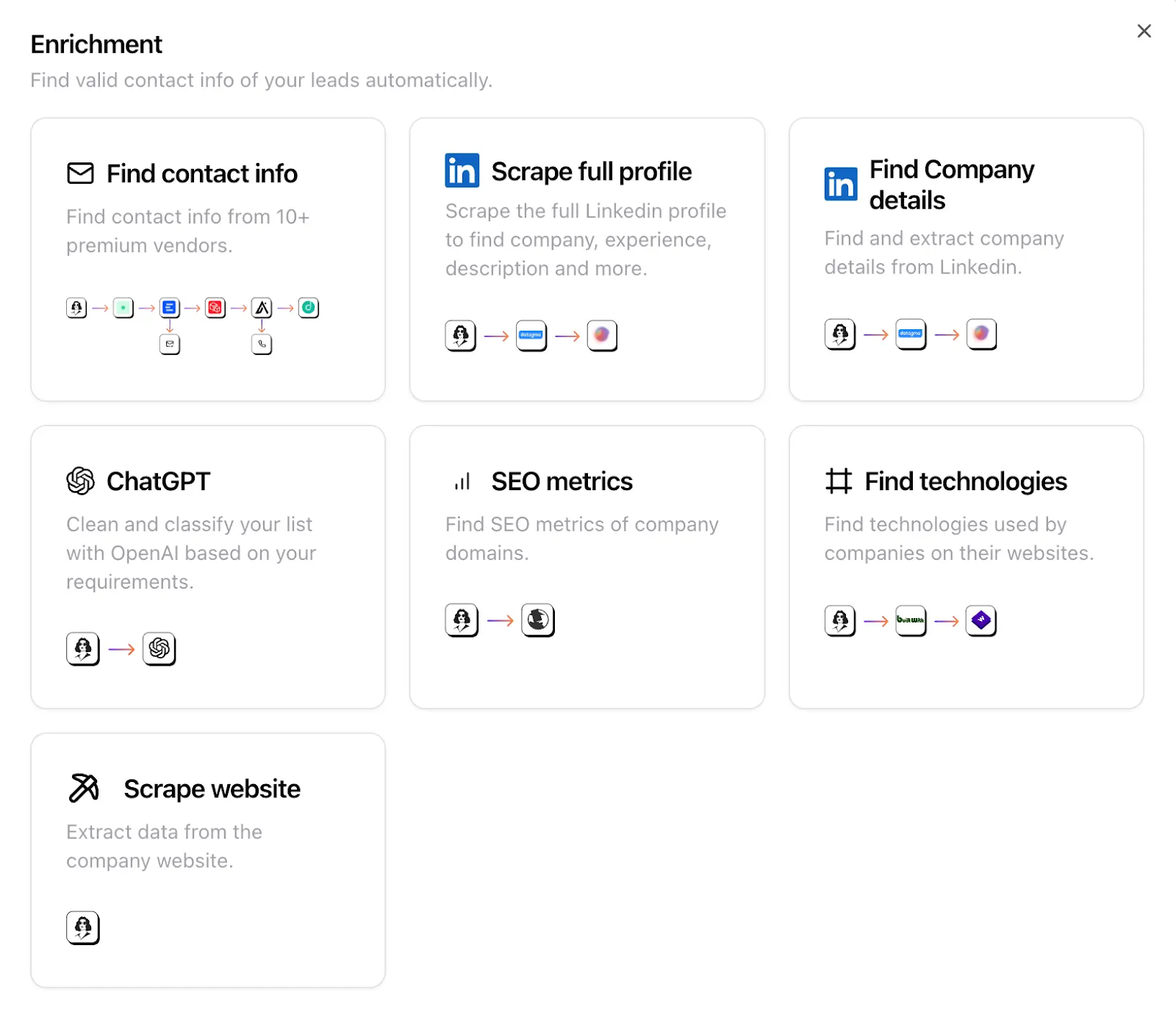
useArtemis is built for teams that rely on LinkedIn and email to drive pipeline. Its Chrome extension scrapes leads directly from LinkedIn or Sales Navigator, then applies AI-powered enrichment to add missing details like emails, phone numbers, company data, and social profiles.
Beyond enrichment, useArtemis uses AI to classify leads, segmenting and filtering lists based on simple prompts so teams can quickly identify high-value prospects.
7. Klenty
Automates multi-channel sales outreach, personalizes messages with AI, and tracks engagement

Klenty automates outbound lead generation across email, LinkedIn, and other channels. The tool creates personalized outreach campaigns, automatically tracks prospect engagement, and sequences follow-ups based on behavior signals to correctly engage leads and maximize conversions.
Key features include advanced reporting, CRM integrations, AI message customization, automated tasks, and multi-channel outreach—all helping sales teams efficiently nurture and close qualified leads.
8. CoPilot AI
Identifies and qualifies LinkedIn prospects, enriches profiles, and sends personalized outreach messages with AI.
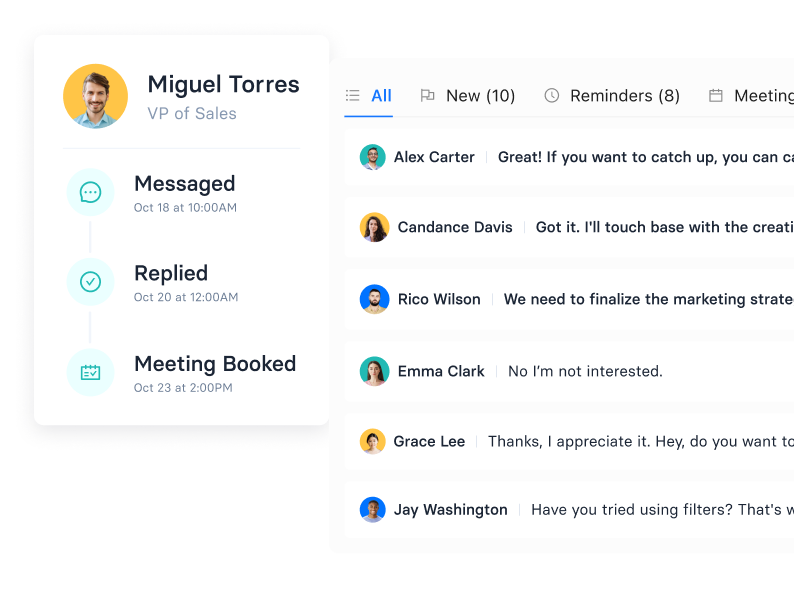
CoPilot AI is a LinkedIn-focused AI lead generation tool that helps B2B sales teams automate prospecting while keeping outreach personal and relationship-driven. It uses machine learning to analyze campaign data and prospect behavior, allowing reps to qualify leads, book meetings, and build pipelines directly from LinkedIn. Features include automated prospect discovery, personalized AI messaging that adapts to each profile, and consistent follow-ups to keep conversations moving.
Best practices for AI-driven lead generation
For effective lead generation, you need strategy, discipline, and a clear focus on outcomes. Here are the best practices for marketing teams and sales teams:
- Define your ICP clearly before onboarding AI: Start with a clear ideal customer profile (ICP), including firmographics, buying behaviors, pain points, and deal velocity. AI works best when it learns from clarity
- Enrich data consistently and measure its impact: Invest in CRM data enrichment so your AI models run on reliable inputs, like historical data, past interactions, and accurate contact details. Track metrics like conversion rate, CAC, pipeline velocity, and lead quality before and after enrichment to continuously calibrate models.
- Prioritize high-intent signals with dynamic scoring: Build predictive, automated lead scoring that weights both static attributes (firmographics) and real-time behavior (site visits, downloads, engagement). This helps your team prioritize prospects showing real buying intent instead of spraying volume across the board.
- A/B test and monitor AI-augmented flows continuously: Run small-scale A/B tests on lead qualification, routing logic, or outreach messaging. Measure performance over time to refine continuously, just as you would with traditional campaigns.
- Standardize governance and ethical checks: Track AI decisions for bias, unexpected errors, or stale logic. Use guardrails like auditing scoring shifts monthly, flagging demographic skews, or verifying redacted outreach copies to ensure AI stays ethical, explainable, and accountable.
- Balance AI with human oversight: Even advanced systems make mistakes. Combine AI-powered tools with feedback from your sales team, especially around how the model ranks or enriches leads. Review and tweak algorithms regularly to keep lead scoring aligned with real-world success.
- Start small, expand with confidence: Pilot AI in one segment or workflow (e.g., high-value ABM accounts or SDR qualification flow), measure impact, and then extend to broader territory. This helps build trust and avoids missteps.
Power Your Sales Process With AI for Lead Generation
The shift from manual prospecting and data entry to smarter, AI-driven lead generation strategies is how modern marketing and sales teams stay competitive. The tools we’ve covered show how AI can enrich your lead data, surface data-driven insights, and automatically qualify leads, giving you faster access to the high-intent prospects that matter most.
But technology alone won’t transform your current lead generation process. To see lasting results, you need to pair automation with a clear lead generation strategy: focus on quality leads over volume, build workflows that continuously refresh and enrich records, and give reps the context they need to act.
As an all-in-one solution, LoneScale plugs directly into Salesforce and HubSpot to automate lead generation, enrich every account and contact, and deliver real-time buying signals straight into your CRM. It eliminates the heavy lifting of manual research, keeps records always fresh, and equips your team with actionable insights that fuel pipeline growth.
When you balance the power of automation with a thoughtful strategy and a commitment to continuous learning, you build a lead generation engine that fills your pipeline and drives lasting business growth.
Prospect smarter with live stakeholder mapping
One click in Salesforce reveals the entire verified buying committee with accurate contact details and keep stakeholders up-to-date. It’s not just “updated often” — it’s actually live.




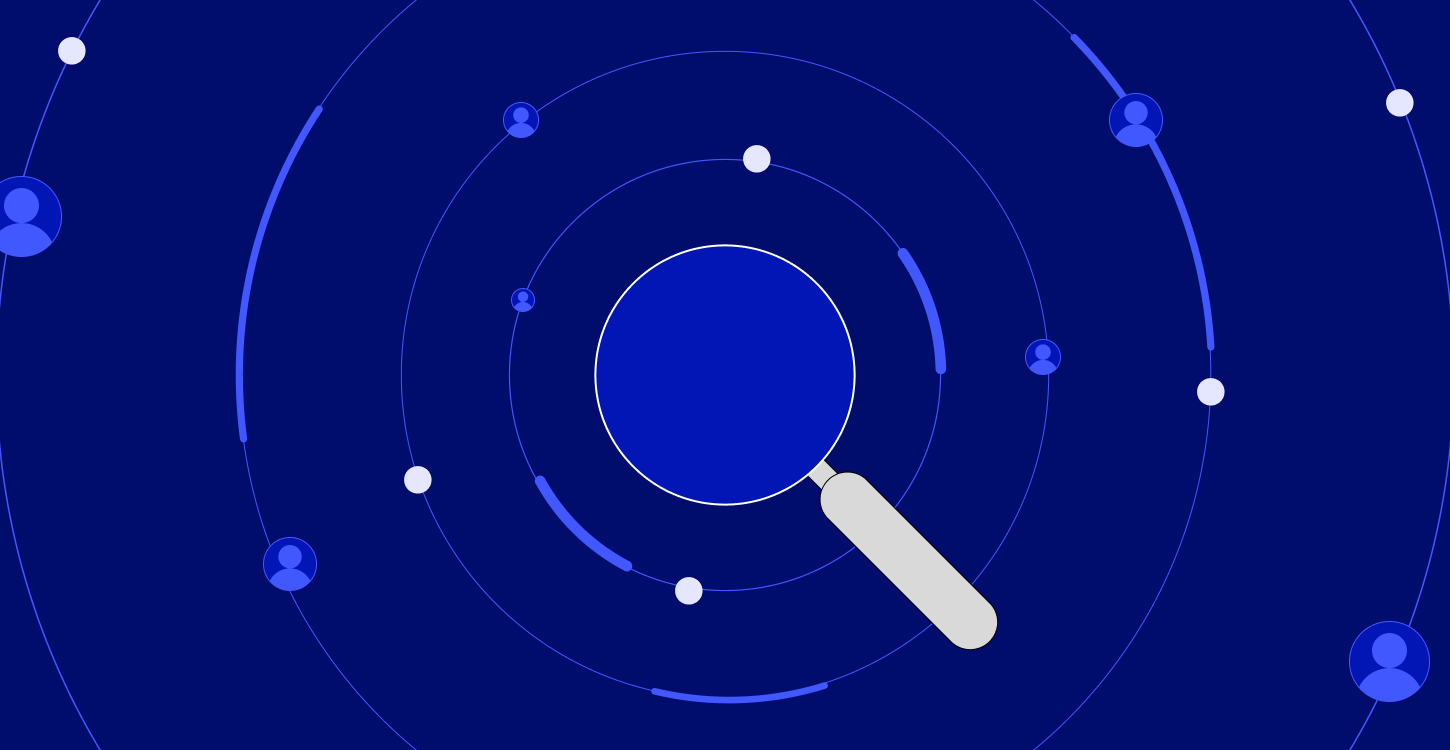
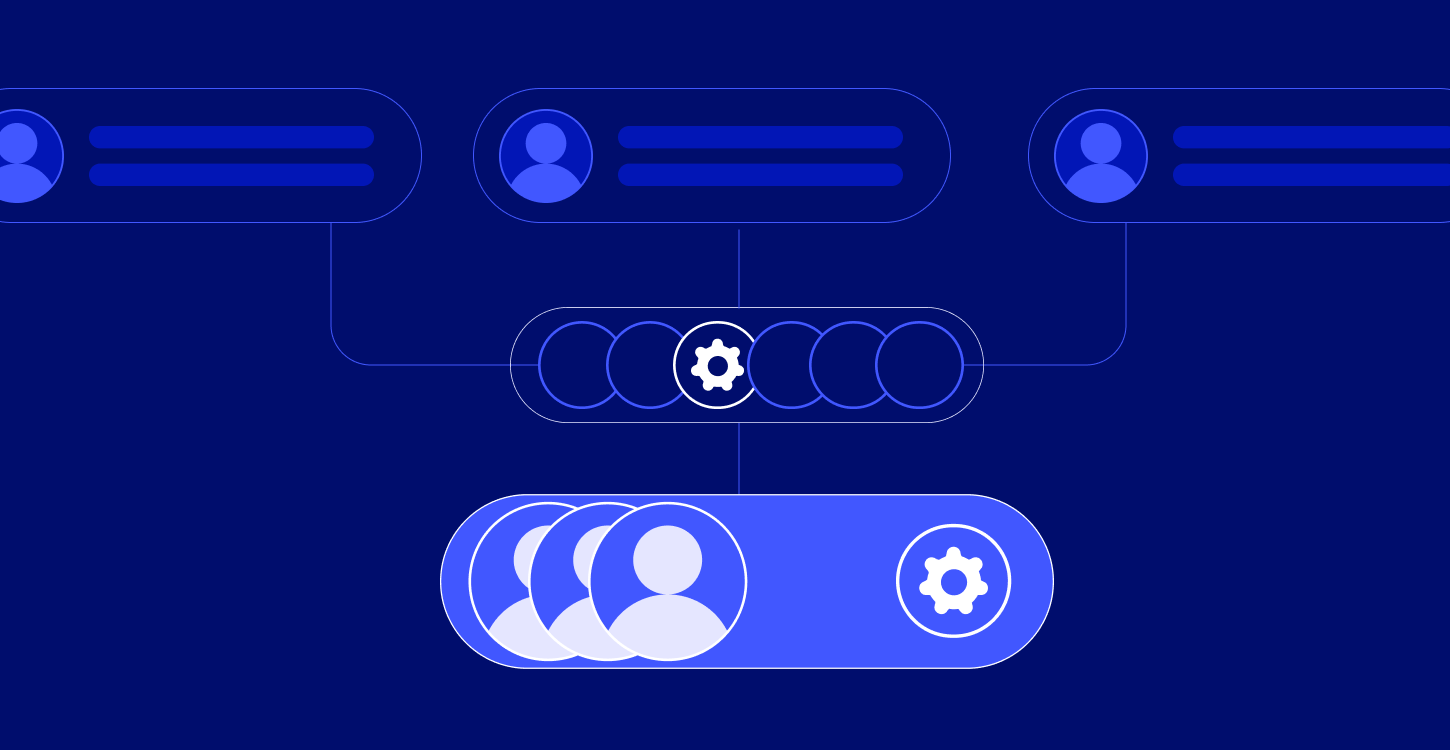
.png)
